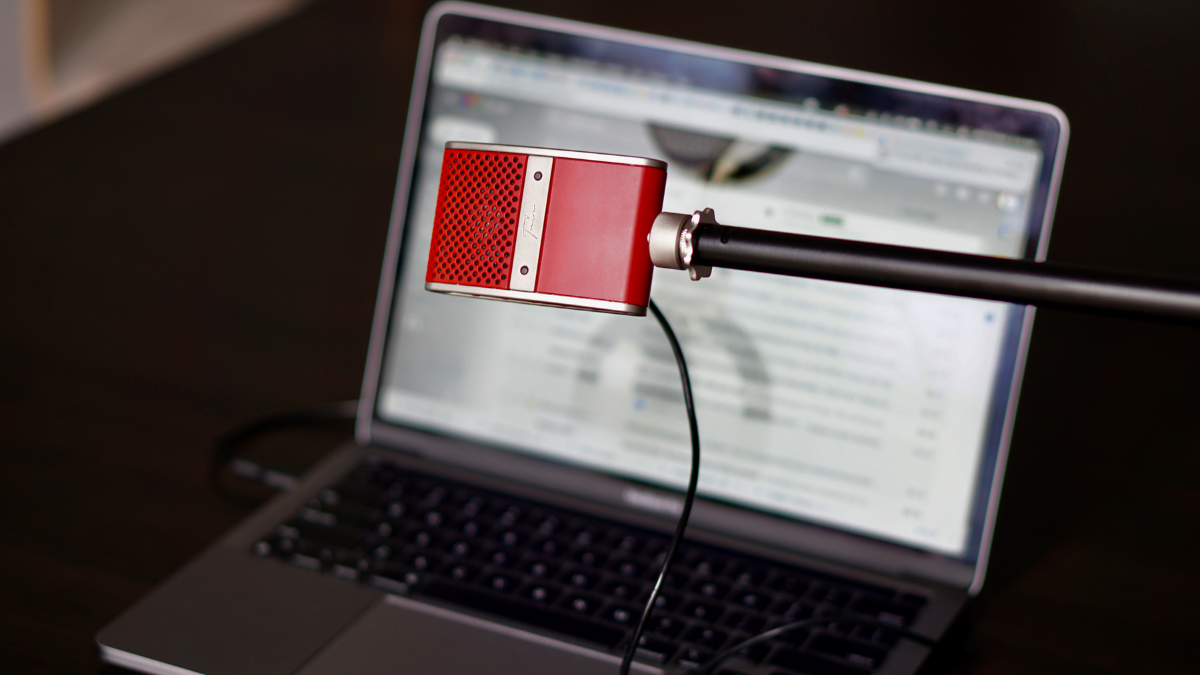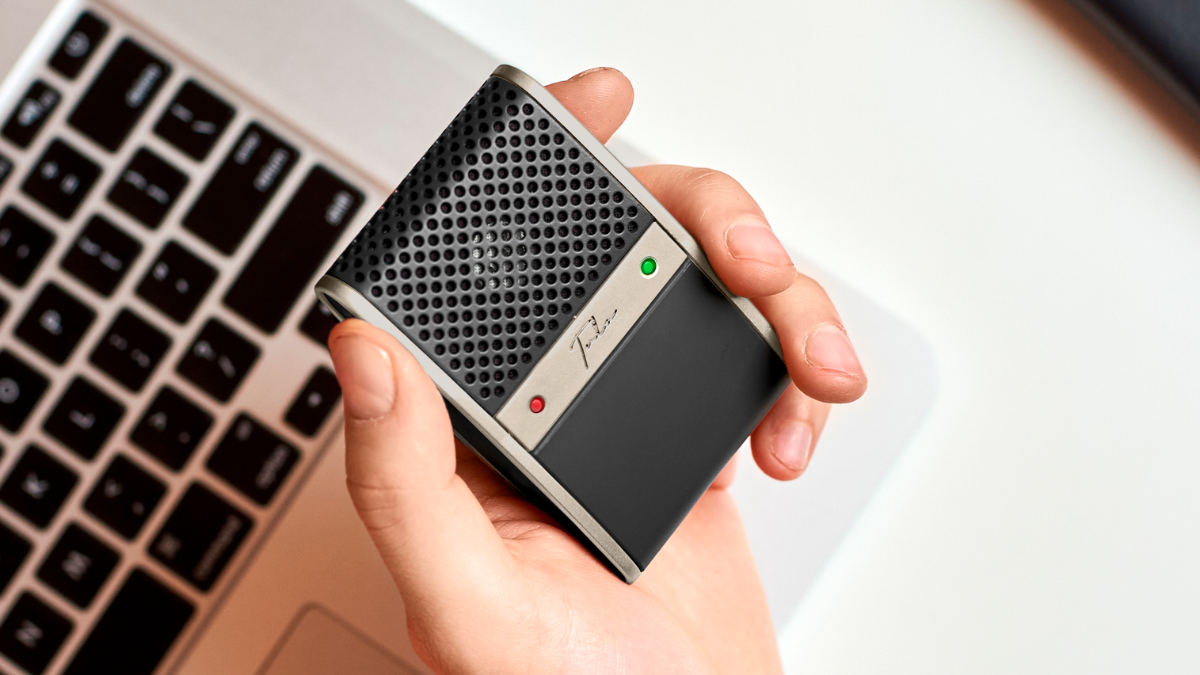When it comes to recording audio, having the right microphone can make all the difference. XLR microphones and USB microphones are two popular options available to content creators, podcasters, musicians, and voice-over artists. In this article, we'll compare the benefits and drawbacks of XLR microphones and the Tula USB microphone, helping you decide which one suits your needs best.
XLR Microphones: The Professional's Choice XLR microphones have been a staple in professional studios and live performances for decades. These microphones use an industry-standard three-pin XLR connector, allowing them to transmit balanced audio signals over long distances without signal degradation. Here are some key advantages of XLR microphones:
1. Audio Quality: XLR microphones are renowned for their high-quality audio reproduction. With larger diaphragms and superior preamps, they capture more detail and provide a wider frequency response range compared to USB microphones.
2. Versatility: XLR microphones offer greater versatility due to their compatibility with a wide range of audio interfaces and preamps. This flexibility allows for precise control over gain, polar patterns, and other settings, enabling professionals to tailor the sound to their specific requirements.
3. Durability: XLR microphones are built to withstand rigorous use. Constructed with robust materials, these microphones can handle the demands of professional environments and last for years.
Tula USB Microphone: Simplicity and Convenience The Tula USB microphone is a newcomer to the market, designed with simplicity and portability in mind. Here's why it might be the right choice for certain users:
1. Plug-and-Play: The Tula USB microphone offers easy setup, requiring only a USB connection to start recording. It is an excellent option for beginners or those who prioritize convenience.
2. Portability: The compact and lightweight design of the Tula microphone makes it ideal for content creators on the go. It can fit easily in a bag or backpack, allowing you to record high-quality audio wherever you are.
3. Built-in Features: The Tula USB microphone comes with several built-in features, such as a headphone output, onboard storage for recordings, and even a voice recorder mode. These features make it a versatile tool for podcasting, interviews, and field recording.
In the battle between XLR microphones and the Tula USB microphone, the right choice ultimately depends on your specific needs and priorities. If you're a professional seeking the utmost audio quality and flexibility, an XLR microphone like Soyuz paired with a suitable audio interface is the way to go. On the other hand, if convenience, portability, and simplicity are more important to you, the Tula USB microphone can be a great option. Assess your requirements, budget, and intended use to make an informed decision that suits your recording needs.




Leave a comment
This site is protected by hCaptcha and the hCaptcha Privacy Policy and Terms of Service apply.